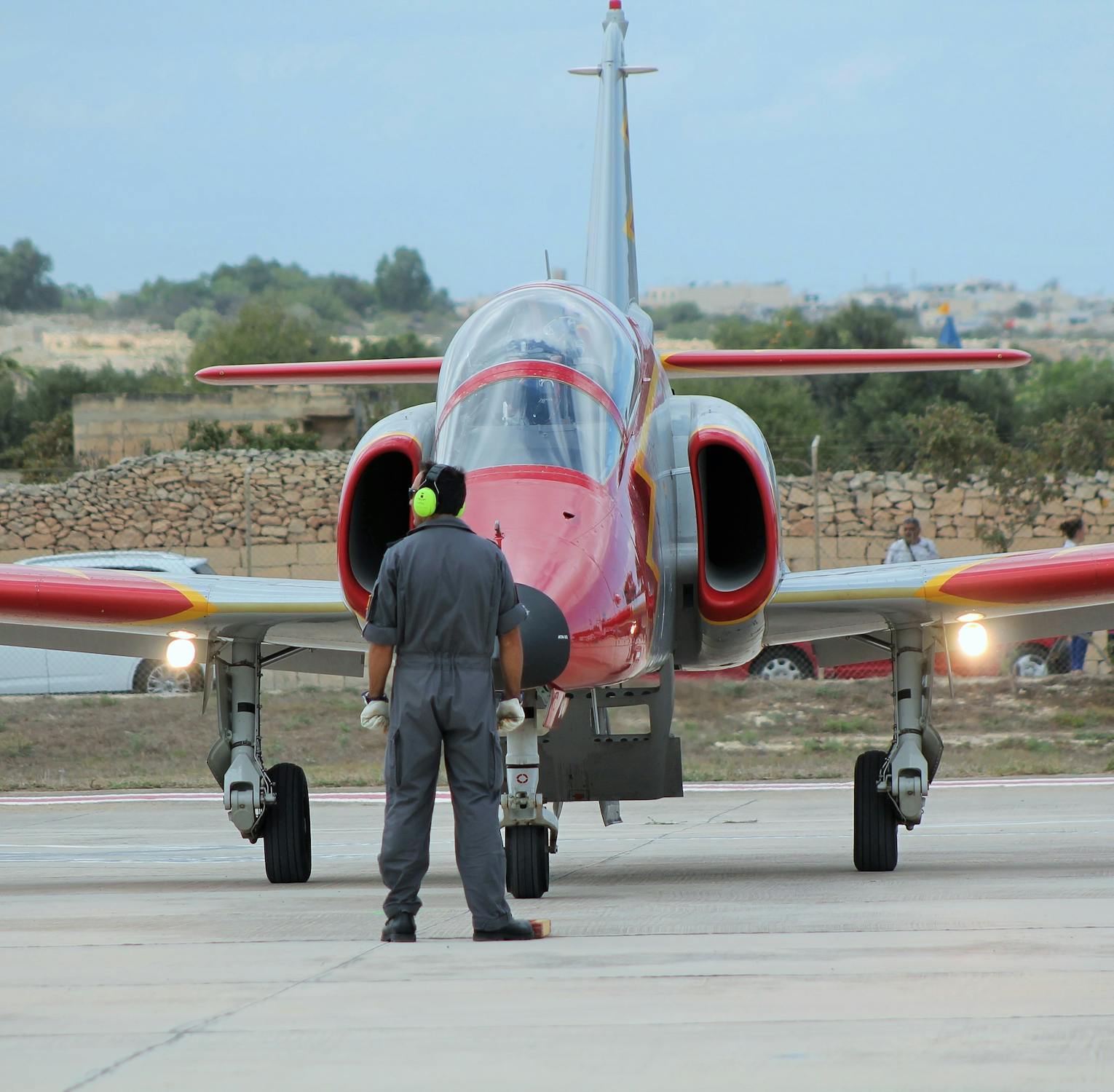The Foundation: Planning and Preparation
Detailed plans guide aircraft maintenance from the time when aircraft construction has not yet begun. Every single aircraft component receives attention from engineers and designers who analyze both tiny bolts and massive engines. Engineers develop maintenance systems that enable mechanics to perform inspections, repairs, and component replacements effectively. The absence of preparation would create disorder in aircraft maintenance operations.
The aircraft maintenance process starts after planes achieve their final form. The maintenance schedule for each aircraft follows industry-established standards. Airlines, together with operators, need to follow regulations that determine the frequency of aircraft inspections. The established schedules both stop equipment breakdowns and maintain flight safety at all times.
Routine Checks: The Daily Ritual
Aircraft maintenance is never an afterthought. It is a constant process. Before and after every flight, mechanics perform routine checks. They walk around the aircraft, inspecting for visible damage or irregularities. Pilots also conduct pre-flight inspections, confirming that all systems function properly.
These checks may seem simple, but they are critical. A single missed detail can lead to serious consequences. If a mechanic notices something unusual, immediate action is taken. The aircraft is not cleared for flight until the issue is resolved.
Deeper Inspections: The Scheduled Overhauls
Routine checks are just the beginning. Aircraft must also undergo extensive inspections at scheduled intervals. These inspections go beyond the surface, diving into the mechanical and electronic systems. Mechanics examine everything, from hydraulic systems to avionics.
Some inspections take only a few hours. Others can last days or even weeks. Mechanics disassemble parts, clean them, and check for signs of wear. If necessary, they replace components entirely. This level of maintenance keeps planes reliable for years, ensuring they perform like new.
Unplanned Repairs: When Things Go Wrong
Even with regular maintenance, unexpected issues can arise. When something goes wrong, mechanics must act fast. Airports have maintenance teams on standby, ready to diagnose problems. Some repairs are quick, like replacing a faulty sensor. Others, like fixing an engine issue, require more time.
Pilots and flight crews play a key role in identifying problems. If they notice unusual sounds or performance issues, they report them immediately. The aircraft does not leave the ground until experts are confident in its safety.
The Role of Specialized Equipment
Aircraft maintenance relies on more than just skilled hands. It requires specialized tools and technology. Advanced diagnostic systems allow mechanics to detect hidden problems. Cutting-edge scanners, sensors, and software help identify issues before they become serious.
One essential tool used in maintenance is the gill 53055. This component plays a crucial role in ensuring the efficiency of specific aircraft systems. Without tools like this, maintaining modern aircraft would be far more challenging. Precision is key, and technology helps mechanics achieve it.
The Human Element: Skilled Mechanics and Engineers
Behind every aircraft is a team of highly trained professionals. Mechanics, engineers, and inspectors work together to keep planes in top condition. Their training is extensive, covering everything from electrical systems to aerodynamics. They must stay updated with the latest technology and industry changes.
Experience matters in aircraft maintenance. A seasoned mechanic can spot issues that others might miss. Attention to detail is everything. A single mistake could lead to delays, costly repairs, or worse. That is why teamwork and communication are essential in every maintenance facility.
Final Approval: The Green Light for Flight
Once maintenance is complete, the aircraft is put through a final set of tests. These tests confirm that every system is working as expected. Inspectors review reports, double-check work, and approve the aircraft for service.
If everything meets standards, the aircraft is cleared for flight. The process is methodical and leaves no room for shortcuts. Every plane in the sky has undergone these steps, ensuring passengers can travel with confidence.
Conclusion
Aircraft maintenance never truly ends. The moment a plane completes one inspection, the next one is already planned. Airlines invest millions in maintenance to keep their fleets operational. The goal is always the same: safety, reliability, and efficiency. Each flight represents the hard work of countless individuals.


































